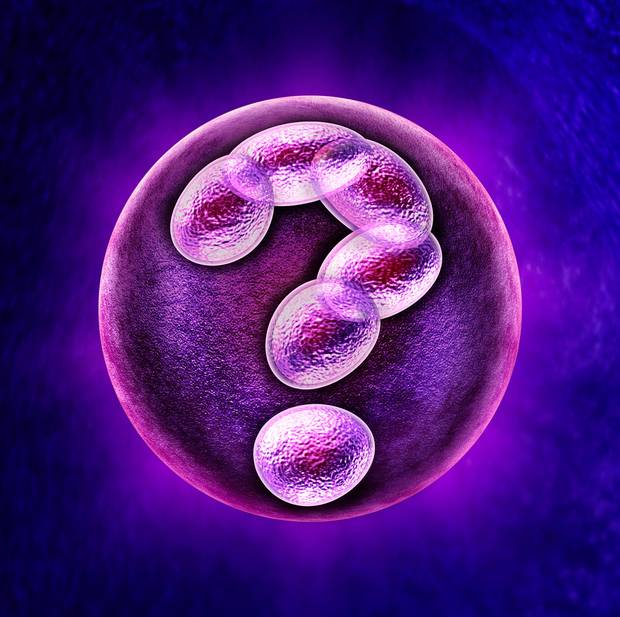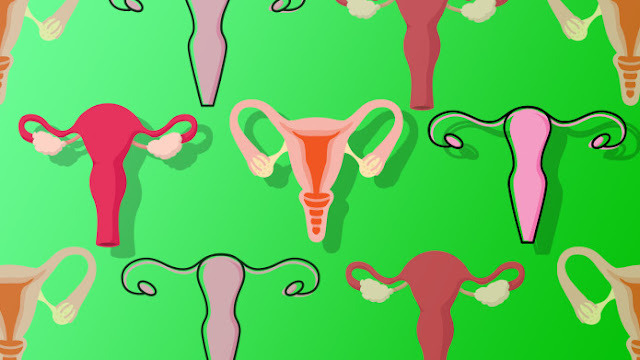AMH (test) to define Fertility? | Akanksha Hospital
AMH is an important marker to gauge fertility and define
the biological ticking in a woman.
The test measuring
anti-Müllerian hormone (AMH) concentrations, reflects the activity of the
ovaries during a woman's lifetime and estimating her remaining egg supply.
Where a woman falls on this fertility scale may help her learn the likelihood
of becoming pregnant now and how that might change in the foreseeable future.
AMH (Anti- Mullerian Hormone) is produced directly by the
Ovarian Follicles. For Infertile women, AMH has become the standard marker for
egg equality. It provides us with a quantitative measure for checking Ovarian
Reserve and measures both egg quality and quantity.
Therefore, a woman with lower AMH have lower Antral
Follicular Count and produce a lower number of Oocytes. (eggs)
A little information about AMH is that it is produced by
the granulosa cells linning the ovarian Follicles. AMH level correlate with the
number of Antral Follicles in the Ovaries.
Interestingly, PCOS women are found to have higher AMH
levels. It is also noted that, AMH does
not change significantly throughout the menstrual cycle but decreases with age.
·
AMH Chart
The following are the times where AMH is fo utmost
importance:
- Evaluating
Fertility potential & Ovarian Response in IVF Serum AMH level correlate
with the number of early antral follicles. This makes it useful for predicting
your Oavrian Response in IVF Cycle. Women with Low AMH levels are more likely
to be Poor Ovarian Responders.
- Measuring
Ovarian Aging – Dimished Ovarian Reserve, is signalled by reduced baseline
serum AMH concentration.
For young women planning to post-pone the child bearing
age, it is esential to test AMH levels to check their fertility potential.
At Aknksha Hospital & Research Institute, India’s Best Infertility Hospital, there
are numerous options available for Low egg reserve and Poor responders.



Comments
Post a Comment